
Counter balance trucks are a necessity in every industry. They can be found in quarries, factories, shops, distribution centres and many other working areas. The amount of attachments that you can use with counter balance forklift trucks is too large to list.
A few popular attachments include side shift, clamps, barrel clamps, carpet booms and sweepers, once again making the forklift truck a huge necessity in the workplace.
We aim to ensure all your employees are not only competent and confident on the counter balance forklift truck, but also on any attachments you may use.
We also understand the need for different fuels including diesel, LPG and electric trucks. We identify different hazards and precautions for each type of motive power and include re-fuelling in our training courses along with pre-shift/pre-use checks, which helps the candidate identify any faults and gives them the ability and knowledge on how to report faults properly.
The legal element to the course ensures that all candidates are familiar with any legislation that applies to them whilst they are at work using machinery. This includes the following:
- Health & Safety at Work Act 1974
- PUWER regulations 1998
- LOLER regulations 1998
- Management of Health and Safety at Work regulations 1999
- COSHH regulations 2002
- Plus specific legislation including ACOPS L117
By the end of our courses, the candidate should be able to complete the following tests:
- Pre-use check test: the candidate should be able to identify faults/problems with the machine and report them accordingly.
- Theoretical exam: the candidate should be given a basic knowledge of health & safety and safe operating procedures and should be able to answer questions relating to this.
- Practical exam: the practical test is accredited but should be an industry standard practical test, meaning that wherever you have the training regardless of who provides it, every forklift operator should pass a test of the same or similar standards.
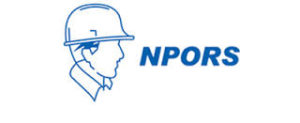
All candidates will complete the NPORS assessment and on successful completion will be issued with an NPORS Operators Card.


The Objectives of the Course is to:
By the end of the course the operator should be able to:
- Carry out pre-start inspection.
- Operate safely under varying site conditions.
- Carry out minor adjustments and routine service.
- Demonstrate an understanding of responsibilities under relevant legislation.
- Operate machine safely and correctly in accordance with manufacturers’ manual and instructions and accepted good practice.

Course Summary
- Introduction to machine
- Relevant regulations/legislation
- Pre-start inspections/maintenance
- Controls and instruments
- Form stockpiles
- Slot dozing
- Levelling
- Incline work
- Optimum doze range
- Excavate/sidecast and spread material
- Re-instatement
- Feathering out
- Edge work (including coming off)
- Road coal (if applicable)
- Road hopper (if applicable)

All candidates will complete the NPORS assessment and on successful completion will be issued with an NPORS Operators Card.

The Objectives of the Course and by the end of the course the operator should be able to:
- Fit PTO shaft and secure shaft guards.
- Perform daily checks.
- Safely enter and leave cab.
- Understand instruments and controls.
- Control tractor in forward and reverse directions.
- Control tractor in forward and reverse directions, with trailer or implements.
- Attach and detach implements and PTO shafts between implement and tractor.
- Demonstrate an understanding of responsibilities under relevant legislation.
- Operate the machine safely and correctly in accordance with manufacturers’ manual and instructions and accepted good practice.
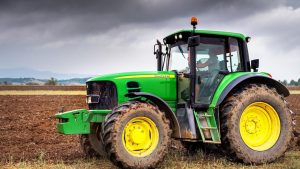
Course Summary
- Relevant regulations/legislation
- Undulating ground
- Pre-start inspections/maintenance
- Accident prevention
- Operating/turning on inclines
- Driving the tractor
- Use of PTO shafts
- Learning controls
- Mounted implements
- Use of hitching systems
- Reversing the tractor with trailer
- Theory and Practical Tests

All candidates will complete the NPORS assessment and on successful completion will be issued with an NPORS Operators Card.
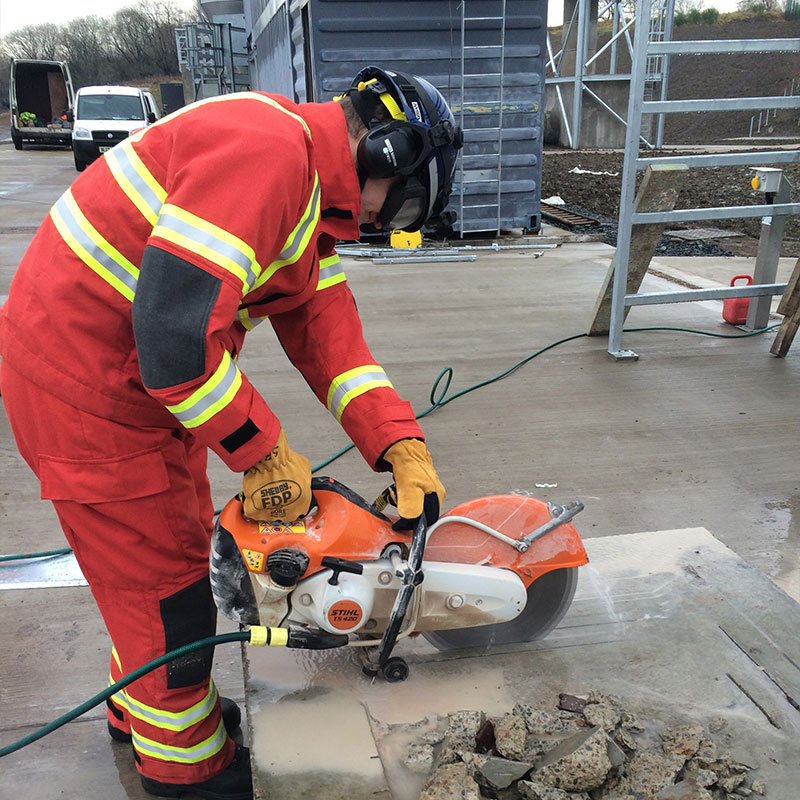
The Objectives of the Course
By the end of the course the delegate should be able to:
- Demonstrate an understanding of responsibilities under relevant legislation.
- Select and mount appropriate disc/wheel for the work in hand.
- Correctly use the machine/s.
- Dress the wheel.

Course Summary
- Relevant regulations/legislation
- Introduction to the equipment
- Practical use of machine/s
- Hand Arm Vibration
- Cutting and grinding of various objects with various machines
- Hazards and precautions to be observed when using abrasive wheels and cutting discs
- Dust suppression
- Examination of abrasive wheels
- Mounting of abrasive wheels
- Personal Protective Equipment
- Types and functions of wheels and discs
- Selection, testing and mounting of wheels and discs
- Care, maintenance, transport, handling and storage of wheels and discs

All candidates will complete the NPORS assessment and on successful completion will be issued with an NPORS Operators Card.
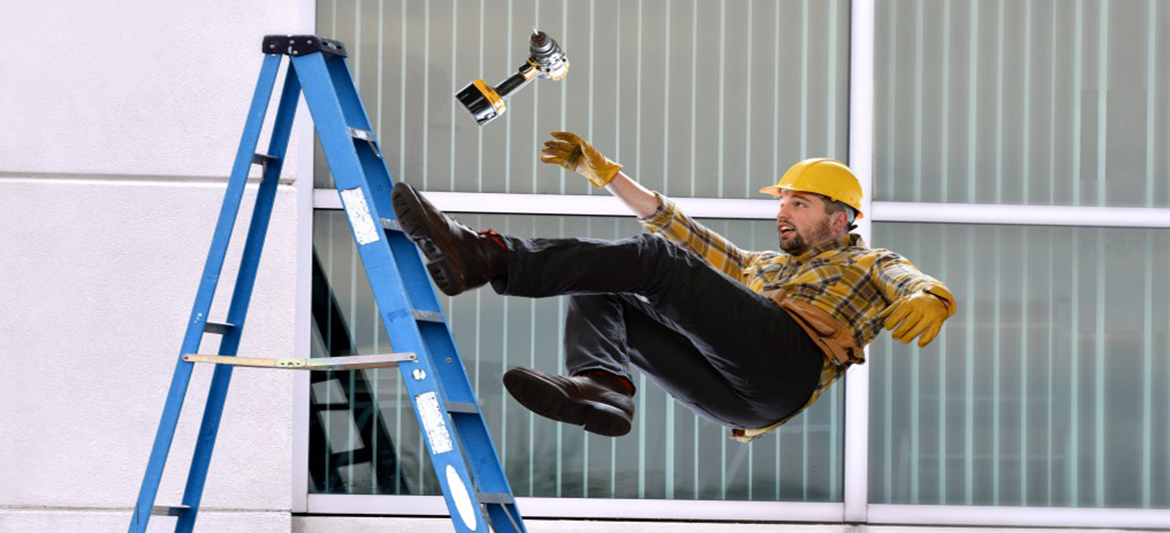
Working at Height is any work on, below, or above ground level where there is risk of personal injury through falling and/or a potential risk to people below the work site being injured by falling objects. Working at Height training is essential to all who engage in any activities that require you to work, supervise, plan or organise work at height.
Anybody working at height must comply with the Working at Height Regulations 2005. The Working at Height Regulations stipulate that we must avoid working at height where possible. Employers must do all that is reasonably practicable to prevent anyone falling. Every employer shall ensure that no person engages in any activity, including organisation, planning and supervision, in any relation to working at height or work equipment for use in such work unless he is competent to do so or, if being trained, is being supervised by a competent person.

This harness training course is specifically designed to provide candidates, and those with the responsibility of wearing a harness on site, an understanding and appreciation of the importance of safe use and inspection of a safety harness.
The training session will include; the requirement to perform a pre-use safety inspection of the safety harness, the faults that may be identified, which type of harness are appropriate for use when working at height dependant on your job description.
Candidates will have to participate in a full practical application and demonstrate how to wear a harness, the importance of correct anchorage when using fall arrest and fall restraint lanyards.
Course Aims & Objectives
- Assess and determine when it’s appropriate to use a safety harness
- Visually inspect harness and lanyards for damage before and after use
- Legislation and regulations affecting safety harness and associated PPE
- Product standards and classifications
- Hazards affecting the use of a safety harness and lanyard
Course Content
- Appreciation of the requirements of legislation
- Guidance on when safety harness-lanyards need to be worn
- Categories for safe work at height
- CE marking
- Trace-ability
- Work Restraint-Fall arrest (do you know the difference)
- Equipment strengths
- Safety harness types (what is the difference)
- Lanyards, fall arrest, fall restraint
- Pre-use equipment checks
- Rescue provision
- Fitting and inspection
- Practical demonstration


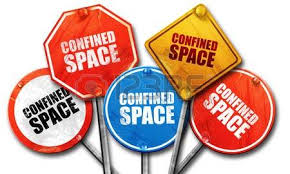
Every year a number of people are killed or seriously injured due to working in confined spaces, often because they are unaware of the dangers, poorly trained or do not have the correct safety equipment.
This Working in Confined Spaces training course has been designed as an introduction to the topic so learners can understand more about safe work practices, suitable control measures and what the law says in regards to staying safe at work.
This course is suitable for anyone whose work requires them to enter a confined space, including employees, managers, supervisors and rescuers. The course is designed as an introduction to working safely in confined spaces and so no pre-requisite training is needed.
A confined space is any area which is substantially enclosed and where there are risks to health and safety from hazardous substances or hazardous conditions. If you, or your employees, are required to work under such conditions then regular training is recommended.
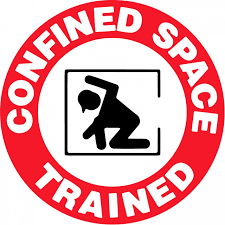


Our first aid at work courses provide the training, assessment and certification to become a qualified first aider if your assessment shows the need for a first aider in the work place.
Alongside meeting these requirements, you will also be equipped with the knowledge and skills to administer a wide variety of first aid techniques in the workplace with confidence – from treating minor wounds to saving the lives of colleagues in life-threatening situations.
The course is HSE recommended and complies with Health & Safety (First Aid) Regulations and the approved code of practice L74 guidelines for the qualification of workplace first aiders.
Course content
- Principles of first aid
- Prevention of cross-infection
- Basic life support (CPR & use of an AED)
- Breathing management
- Managing unconscious casualties
- Assessing and treating wounds & bleeds
- Treating anaphylaxis
- Treating shock or sudden poisoning
- Treating burns, poisoning and eye injuries
- Treating common major and minor illnesses
- Managing asthma attacks and choking
- Fractures, dislocations and head injuries
- Managing epilepsy and diabetes
- Record keeping and equipment use
- Legal aspects and secondary surveys





















